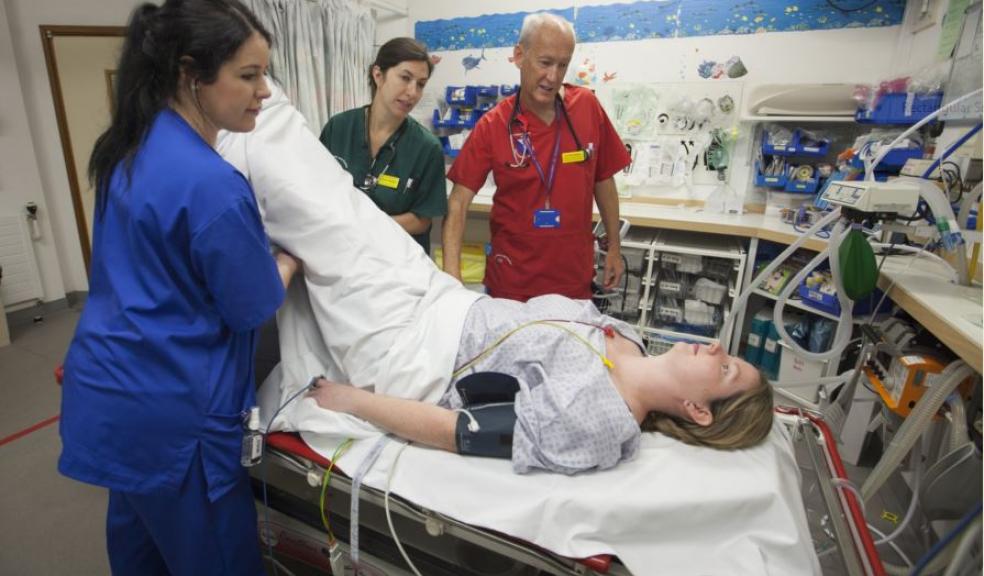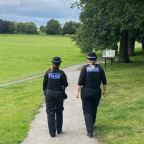
Patients with abnormally fast heart rates to benefit from modification to treatment
NIHR-funded study reveals simple, safe and cost-free modification to an emergency treatment for patients with abnormally fast heart rates
A simple, safe and cost-free modification to a technique used to treat patients in the emergency department with an abnormally fast heart rate could improve its effectiveness by more than a quarter, according to a study published in The Lancet on 25th August 2015.
An abnormally fast heart rate, also called supraventricular tachycardia, can be distressing for patients and many come to emergency departments for treatment. Symptoms can include chest pain, light-headedness, dizziness and breathlessness. Episodes can last from a few seconds or, in extreme cases, for days.
The safe and internationally recommended first time emergency treatment is the Valsalva manoeuvre. This is done by attempting to forcibly exhale while keeping the nose and mouth closed. Patients are also asked to bear down at the same time as if they were making a bowel movement. This changes blood pressure and the rate and volume of blood returning to the heart.
While recommended, the standard Valsalva manoeuvre has a low success rate of between five and 20 per cent, which often necessitates the use of other treatments such as a drug called adenosine. This has significant side effects with many patients reporting a sense of doom or the feeling that they are going to die.
A research team, led by the Royal Devon & Exeter NHS Foundation Trust, have undertaken a study across 10 NHS emergency departments involving more than 400 patients, to investigate whether a modification to posture in the Valsalva manoeuvre would improve its performance in treating patients with an abnormally fast heart rate. This is the first randomised controlled trial to assess the effect of modifying posture in the technique.
The team were supported by the Peninsula Clinical Trials Unit at Plymouth University and the NIHR Clinical Research Network for the South West Peninsula.
They found that by substituting the standard ‘bearing down’ posture with another, semi-recumbent, face upwards position with a passive leg raise, the Valsalva manoeuvre was considerably more successful in alleviating the heart rate. In the study, only 17.5 per cent of patients using the traditional posture experienced a return to normal heart rate, while for those using the modified posture the success rate was significantly greater, at 43.5 per cent.
The findings of the study are significant, because they identify a simple, safe, comfortable-for-the-patient and cost-free method to improve the success of the Valsalva manoeuvre.
This is important because it can potentially reduce the number of patients who require drugs with unpleasant side effects, decrease the number of other emergency treatments, result in fewer patients needing hospital admission and, because there is no cost, be introduced worldwide – including areas with limited health care resources.
The study was led by Andrew Appelboam, Consultant in Emergency Medicine and the Royal Devon & Exeter NHS Foundation Trust. He said: “While supraventricular tachycardia is rarely life threatening, it is extremely distressing for patients. We thought that the Valsalva manoeuvre had potential to be yet more effective as a treatment option and our study has borne this out. What it means is that more patients can benefit from it without the need for further treatments with significant side effects. It also means that, because the postural amendments are cost-free with no identified disadvantages, it could be easily adopted worldwide.”











